In the enchanting realm of amphibians, frogs reign supreme with their myriad forms and behaviours.
Yet, among these amphibious wonders, some stand out as true anomalies, captivating the imagination with their eccentric appearances and behaviours.
From see-through frogs to hairy frogs and even one whose young erupt from the mother’s back, here are our favourite weirdest frogs
Weirdest frogs
Flying frog
Borneo is home to more species of gliding animal than anywhere else on Earth. One of the most famous is Wallace's flying frog, named after the famous naturalist. It glides using its huge webbed feet, which enable it to control its descent and even steer in mid-air.
Turtle frog
Surely the oddest of all frogs, Myobatrachus gouldii (also known as the turtle frog) is the amphibian equivalent of a mole. Restricted to the arid south-west corner of Australia, it uses its powerful forelimbs to burrow through sandy soil in search of termites. Heavy rains bring it to the surface to mate, after which it vanishes again. As with most frogs of arid areas, there is no aquatic stage. The female lays large eggs in a chamber 1m underground, which develop directly into froglets.
Hairy frog Trichobatrachus robustus
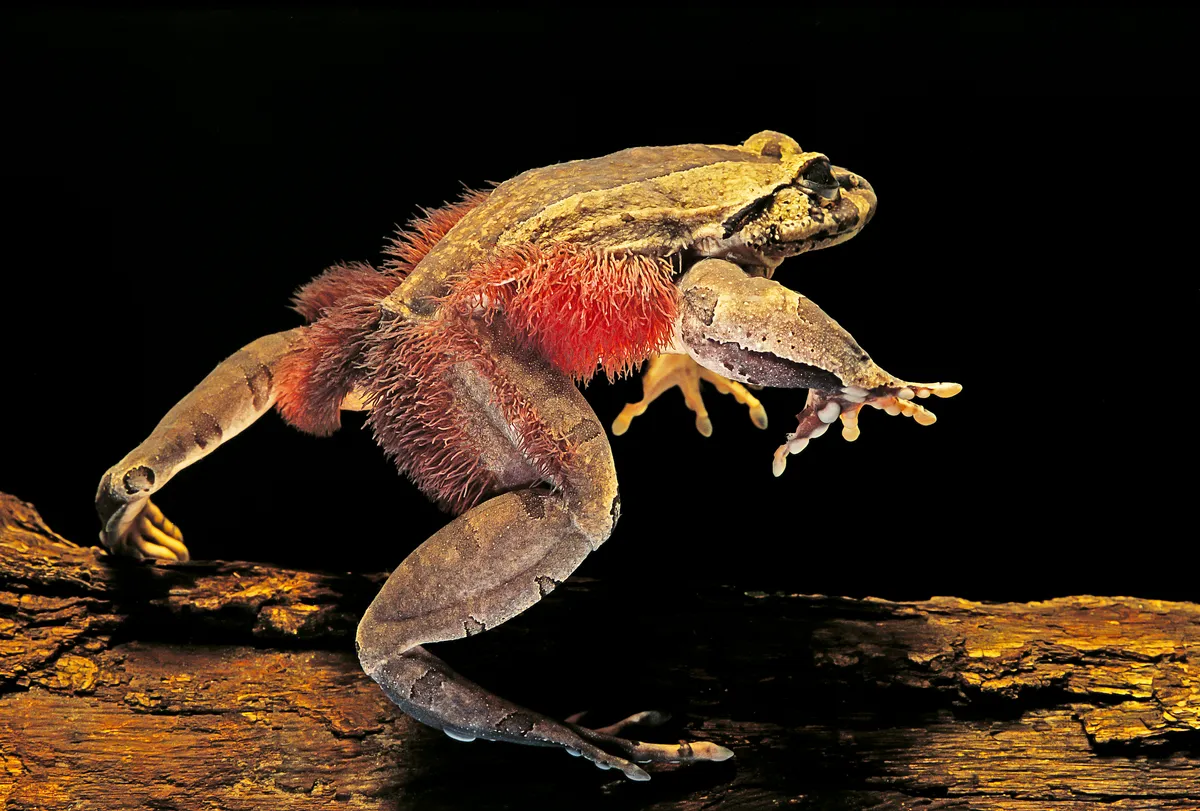
A hairy frog with fur? And sharp, cat-like claws? Either might sound improbable, and Africa’s hairy frog Trichobatrachus robustus is certainly stranger than fiction.This 11cm-long frog is hairy during the mating season, when the male develops a thick bristle-like fringe along his flanks and thighs.
This frog also has rather a clever survival trick. With the flex of a foot muscle, it can produce an arsenal of sharp, curved claws that snap out of its toes like switchblades.
Surinam horned frog

Frogs are pretty well known for their big mouths but this one is pretty impressive. This big-headed, wide-mouthed amphibian is widespread across northern South America and comes in a range of bright greens and earthy browns – perfect cover for an ambush predator. It just has to push its rear end into the leaf litter and wait, its high-set eyes scanning for insects, small rodents and other frogs that stumble within lunging distance.
Glassfrog
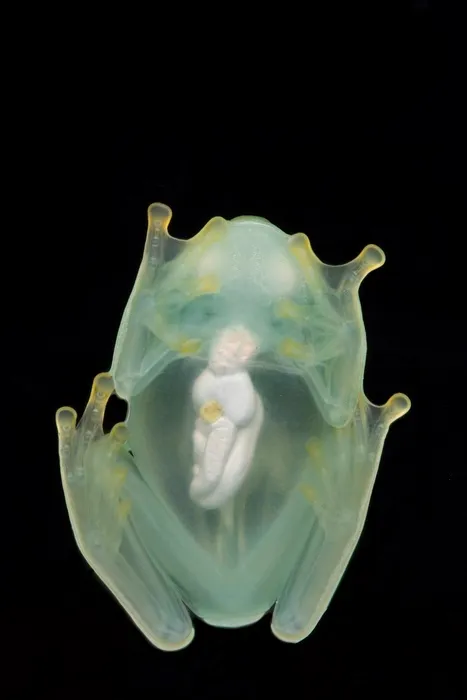
The glassfrogs of tropical America have probably come closer than any animal to developing an invisibility cloak. And new research reveals the lengths to which these remarkable amphibians go to perfect the illusion.
Camouflage is usually achieved by matching one’s own colour patterns to those of one’s surroundings. But glassfrogs do things very differently. They have managed to rid their bodies of virtually all pigment to make themselves almost entirely transparent.
Common coquí
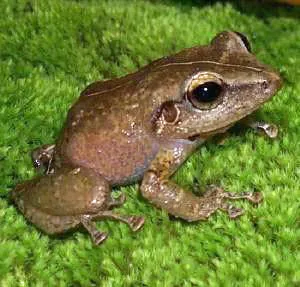
Is the Common coquí the loudest frog? Croaking is a quintessential frog trait, something they do to defend territories and attract mates. But the size of the frog has little bearing on the volume of its croak. For example, some species of coquí (pronounced ‘kokee’), which are rather small tree frogs, manage to create an ear-piercing din. The common coquí from Puerto Rico is just 3–5cm long, but its calls have been measured at 100 decibels at a distance of 1m – equivalent to a chainsaw.
Southern cricket frog
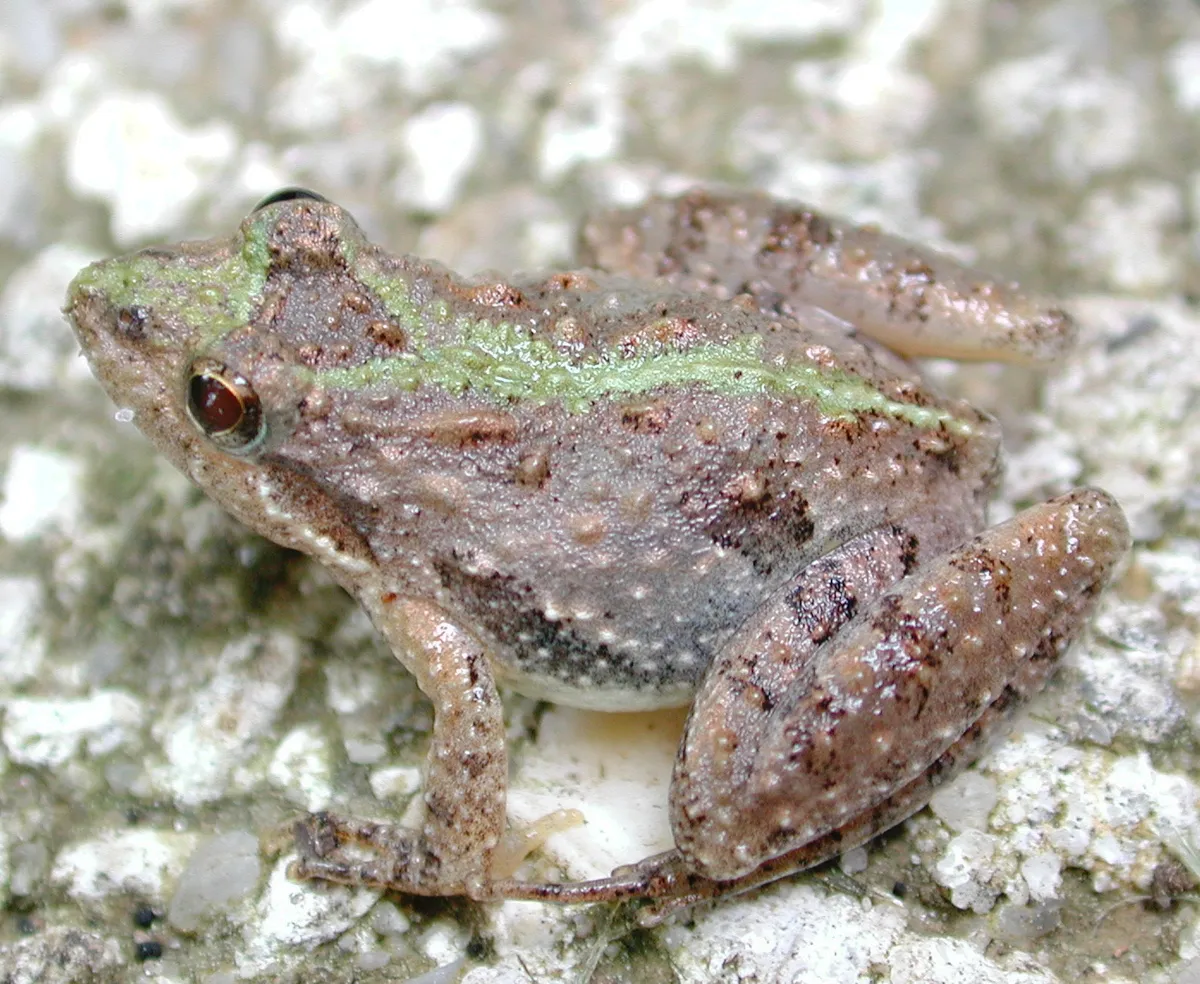
A frog’s skeleton has a number of modifications to make it a superb jumper, and the southern cricket frog is probably the best of all the frogs.
It is a frog's muscles that actually power the leap, but these alone cannot explain a frog’s jumping abilities. Recent research has shown that frogs have amazingly stretchy tendons, which act like a catapult or bow to explosively release their stored energy. The arrangement of bones, muscles and tendons enables frogs to make prodigious leaps.
Vaulting 1.8m, almost 62 times its own body length, the southern cricket frog from the south-eastern USA currently holds the frog jumping record.
Paedophryne amauensis

At a mere 7.7mm long, Paedophryne amauensis is one of the smallest vertebrate on Earth. Discovered in 2009 after a painstaking search of forests in Papua New Guinea, the micro-amphibian lives its entire life on land and does not have a tadpole stage. It inhabits the moist leaf litter of the forest floor, hunting tiny invertebrates.
Surinam toad (although it is a frog)
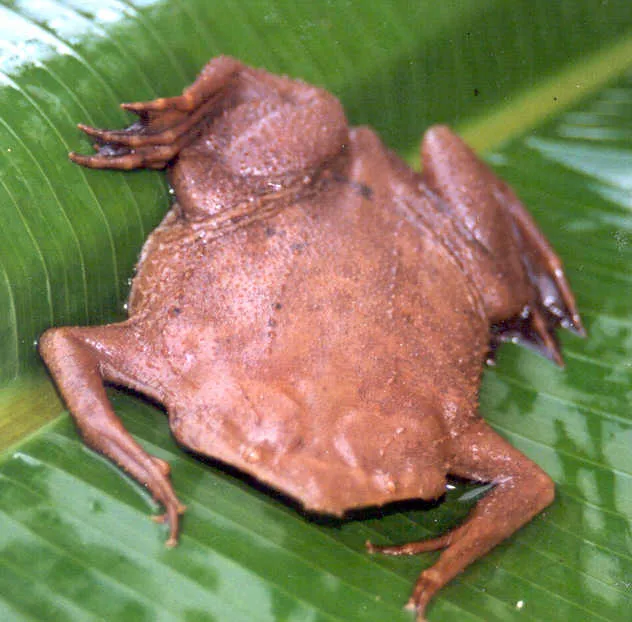
A South American frog whose young erupt from the mother’s back. Called (confusingly) the Surinam toad, it is the most un-frog-like frog you are ever likely to see, if you can see it at all.
Reproduction is weird too. While she is laying up to 100 eggs, the male fertilises them. The sticky spawn is then caught on the female’s back and the male spreads it out with gentle stokes of his rear legs. Within 24 hours the eggs sink into the spongy flesh, eventually becoming embedded and sealed over. Safe under her skin, they hatch and complete their development to tadpoles.
Once they near emergence, the female's thin skin bulges and pulsates with the struggles of the impatient froglets within. The day comes when she gives a shrug and the cells rupture, releasing tiny but perfectly formed Surinam toads into the world.
Clay robber frog
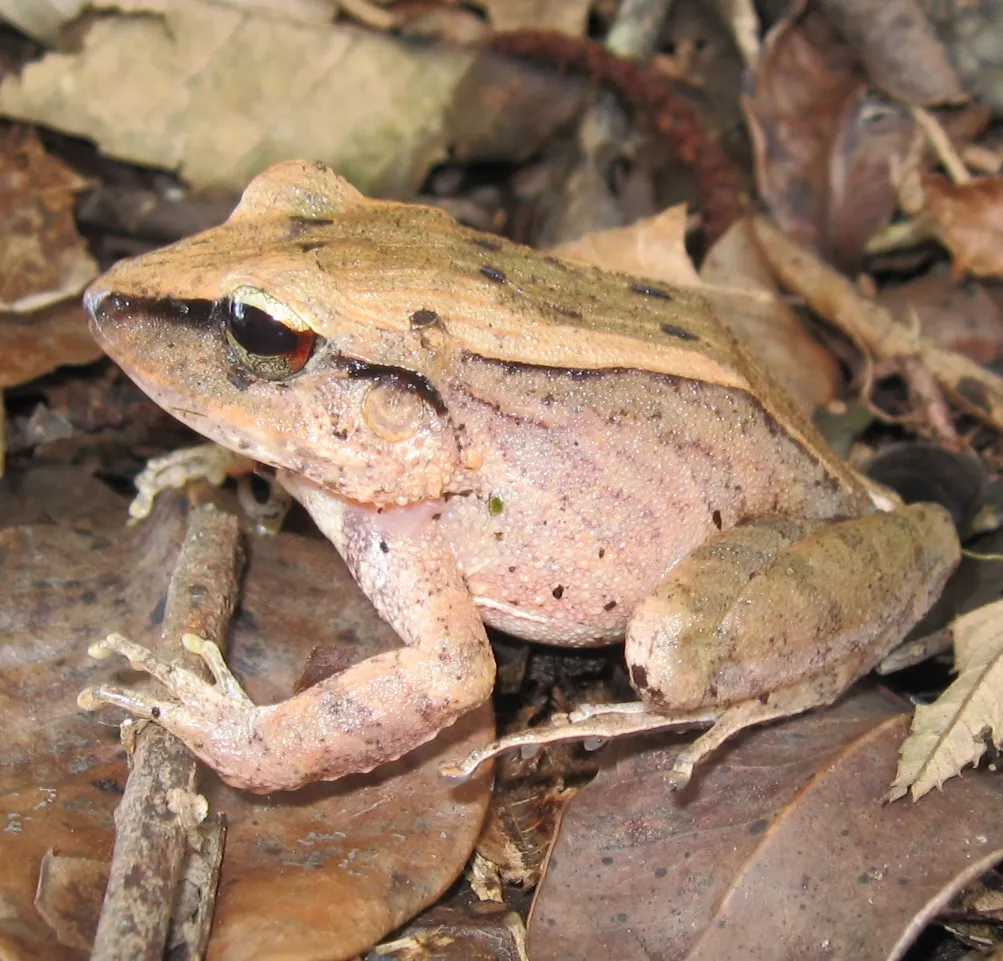
The clay robber frog in Amazonian Brazil is not as silent as it appears. It has been reported as screaming very loudly to put off potential predators - but as it does it in ultrasound humans have been unable to hear it - until now...
Here is why frogs scream?
Discover more weird and wonderful wildlife
- 15 weirdest animals: meet the weird freaks and oddballs of the natural world
- Weirdest birds: meet 12 strange and weird wonders of the avian world
- Weirdest fungi in the world, from dead man's fingers to 'zombie fungi'
- Weirdest fish: 12 of the strangest fish in the world
- Weirdest plants in the world: Discover some of the world's wackiest flora